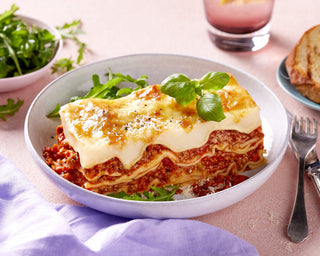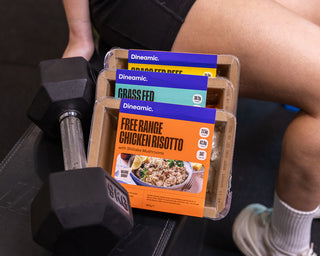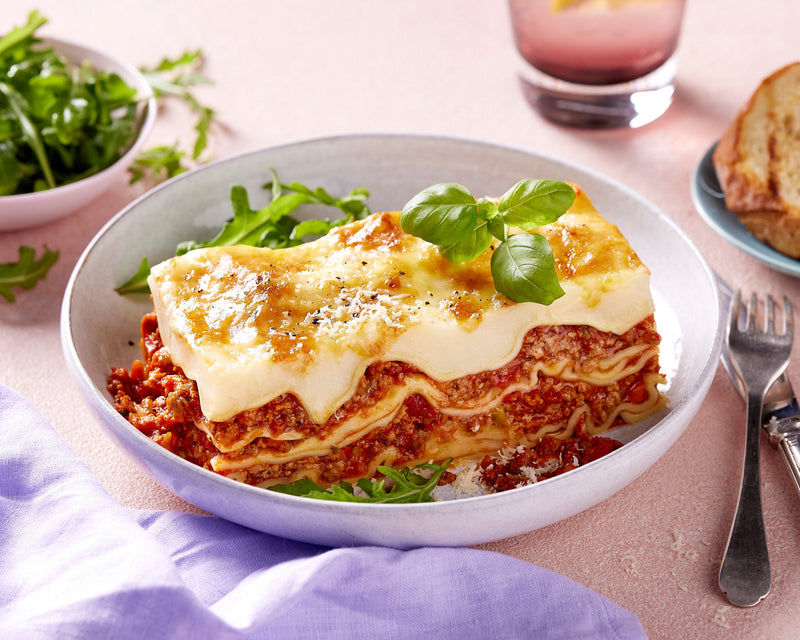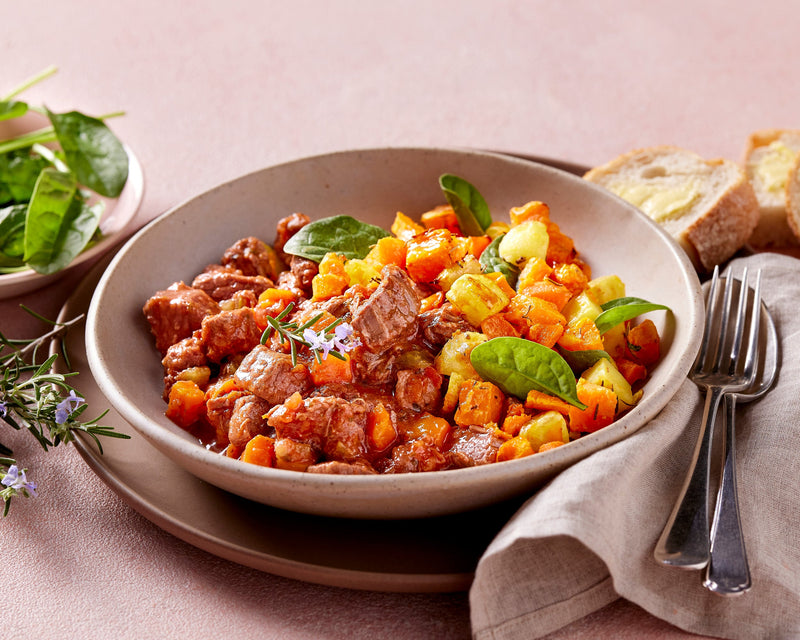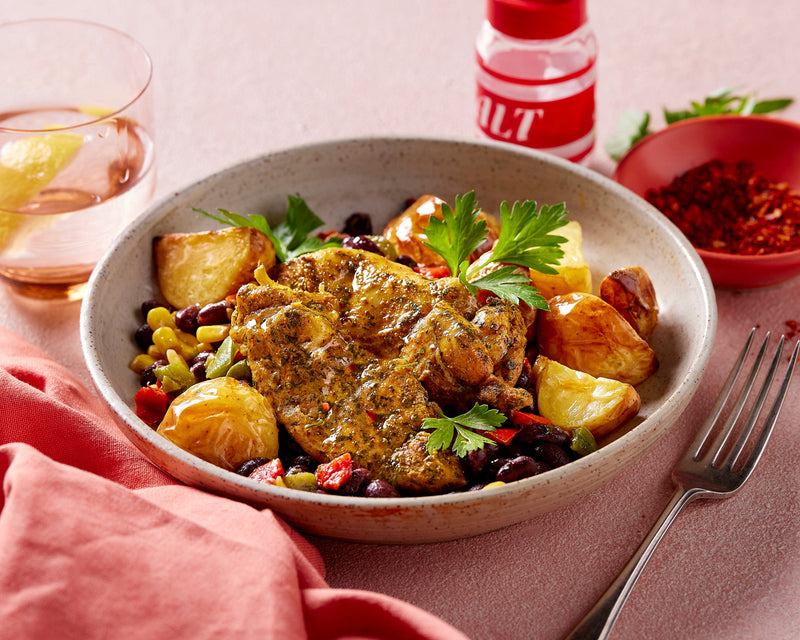A preservative prevents food from decaying, allowing us to keep products and produce for longer, decreasing food wastage and increasing food safety.
In terms of safety we’re probably sick of hearing what's “bad” for us, but, the truth hurts, there are definitely preservatives we should be cautious of and restrict in our diet. These are synthetic preservatives, which are not NATURAL and can commonly be labelled as additives to hide their chemical nature.
But some preservatives are “au NATURAL” so we shouldn’t be so scared of them. These are methods our grandma’s grandma used and are probably stashed at the back of your fridge or pantry. These common preservatives are salt, sugar, olive oil, and vinegar, keeping your pickles crunchy as ever for that rainy day.
So how did they get so bad? Our ancestors used a lot of salt, so why can’t we? Well we have the technology, we have fridges and freezers and access to fresh produces. But yet the preservative world has grown not shrunk?! A lot of this is a result of food safety, quality and our connections with each other have grown as our food travels all around the world.
So let’s break a few common preservatives down, and make it really nice to digest so we don’t turn the page or shy away.
Salt: A natural preservative but long story short, we’re consuming too much salt. A lot of this can be blamed on our ancestors for creating this craving, but mostly we can blame processed and packaged food. But we shouldn't victimise salt, it gives us sodium, which is key to our fluid balance, nerve impulse and muscle relaxation. We just need to tackle overconsumption.
Sulfites: Naturally occurring in wine, and added to dried fruit, canned fruit, pepper and vinegar to preserve colour and decrease spoilage. For most people sulphites are safe but they have an allergic affect on some people and can cause asthma.
Labelled as: Preservative 220,228 or sulphur dioxide.
Nitrates: A superhero? Kind of. They keep our cheese boards looking pretty, preserving the colour of your fave salami. However, they’re one chemical change away from being the villain! When cooked in high heat or exposed to an acidic environment like our stomachs, they form Nitrosamines - which are also found in cigarette smoke and have a cancerous effect. Nitrates are also naturally found in vegetables like beetroots, these rarely form nitrosamines as they’re two chemical steps away from being the villain.
Labelled as: 250 Sodium Nitrite and 251 Sodium Nitrate
Butylated hydroxyanisole(BHA) and Butylated Hydroxytoluene (BHT): - insert puzzled face - Yeah us too, instantly these words make you want to stop reading? So if we can’t even pronounce them WHY do we eat them? This troublesome duo is added to products to stop fat from going rancid, commonly found in margarine and salad dressings. Small doses are approved, but large could possibly be carcinogenic - cancerous - to humans.
Labelled as: 320 BHA and 321 BHT
Sodium and potassium benzoate: These two plus ascorbic acid - VIT C - equal BENZENE. Found in petrol, cigarette smoke, and fizzy drinks. Reading food labels is very important, fizzy drinks with all three ingredients should be avoided.
Labelled as: 211 Sodium Benzoate and 212 Potassium benzoate
So how can we minimise our consumption of preservatives?
This can be achieved by simply eating more fresh produce and reading food labels so you can make a choice based on what’s in the ingredients list. Take us for example, our ingredients list includes fresh produce and doesn’t contain hidden numbers or foreign-looking words.
How is Dineamic preservative free?
At Dineamic we’re proud to have no added preservatives. We use a ‘cook-chill’ method where our meals are cooked to a certain temperature before rapidly reducing the temperature down to ensure your meals are safe. This method also helps retain textural and colour properties in our food so it tastes just like a homemade meal. This is why we believe that adding preservatives isn't necessary if you do see some preservatives listed in our ingredient panel this is because some of our raw ingredients (e.g. Cheese) contain them when they arrive at our door. You can read about our move to fresh here!
References:
https://www.stylecraze.com/articles/harmful-food-preservatives-and-their-side-effects/
https://www.wholeheartedfamilyhealth.com/common-food-preservatives/
https://www.asmscience.org/content/book/10.1128/9781555818463.chap30
https://dermnetnz.org/topics/food-additives-and-e-numbers/
https://www.foodstandards.gov.au/consumer/additives/nitrate/Pages/default.aspx


